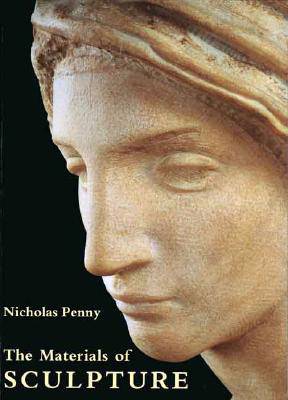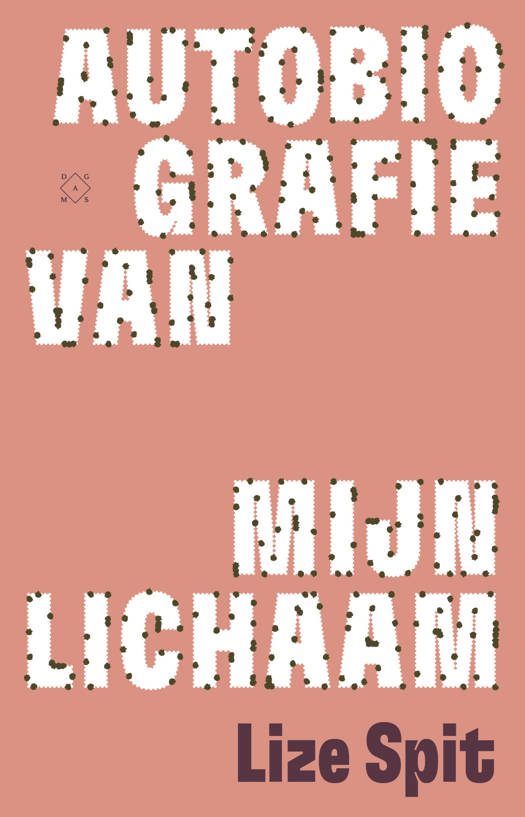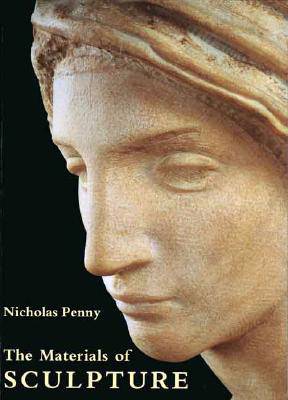
Bedankt voor het vertrouwen het afgelopen jaar! Om jou te bedanken bieden we GRATIS verzending (in België) aan op alles gedurende de hele maand januari.
- Afhalen na 1 uur in een winkel met voorraad
- Gratis thuislevering in België
- Ruim aanbod met 7 miljoen producten
Bedankt voor het vertrouwen het afgelopen jaar! Om jou te bedanken bieden we GRATIS verzending (in België) aan op alles gedurende de hele maand januari.
- Afhalen na 1 uur in een winkel met voorraad
- Gratis thuislevering in België
- Ruim aanbod met 7 miljoen producten
Zoeken
Omschrijving
This beautiful book surveys the sculpture of many civilizations--from ancient Egypt, Greece, and China to fifteenth-century Italy, nineteenth-century France, and twentieth-century North America. It provides a basic introduction to the nature of the materials used by sculptors, examining how these were regarded as well as how they were worked in different periods and in different cultures. The book begins with the hardest stones that are worked with abrasives, goes on to discuss marble and softer stones and organic materials, such as wood and ivory, considers plastic materials (clay, stucco, gesso, and wax), both as molded materials and modeled ones, and then describes the casting and tooling of metal. Each chapter defines the limitations and challenges special to the material, examining, for example, its availability, value, durability, versatility, size, and color. Considering the ways in which artists have transferred techniques from one medium to another and striven to imitate in one material effects associated with another--how, for example, ivory carving has influenced porcelain models and pieced wooden sculpture has influenced marble carving--Nicholas Penny questions and qualifies the most powerful idea in the education of the sculptor in this century--the relation of truth to material. Full of facts drawn from rare and obscure publications and taking account of newer research (some carried out at the author's own request), the book combines useful information with stimulating speculation. It will be welcomed by sculpture lovers everywhere and provides an essential guide for students.
Specificaties
Betrokkenen
- Auteur(s):
- Uitgeverij:
Inhoud
- Aantal bladzijden:
- 328
- Taal:
- Engels
Eigenschappen
- Productcode (EAN):
- 9780300065817
- Verschijningsdatum:
- 10/09/1996
- Uitvoering:
- Paperback
- Formaat:
- Trade paperback (VS)
- Afmetingen:
- 195 mm x 258 mm
- Gewicht:
- 1147 g

Alleen bij Standaard Boekhandel
+ 16 punten op je klantenkaart van Standaard Boekhandel
Beoordelingen
We publiceren alleen reviews die voldoen aan de voorwaarden voor reviews. Bekijk onze voorwaarden voor reviews.












